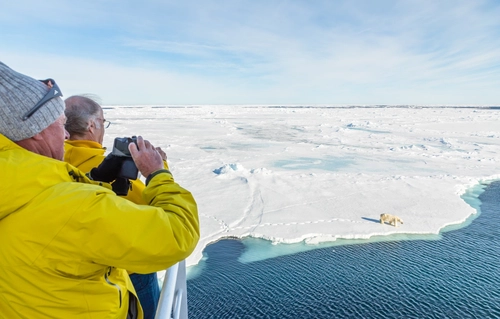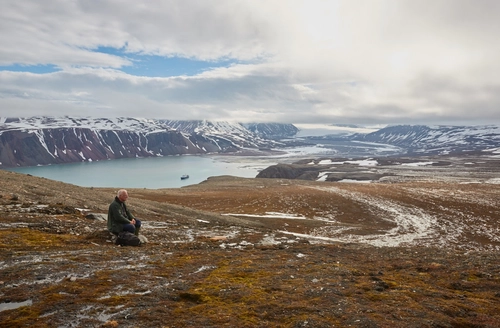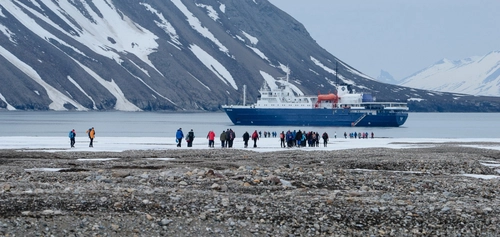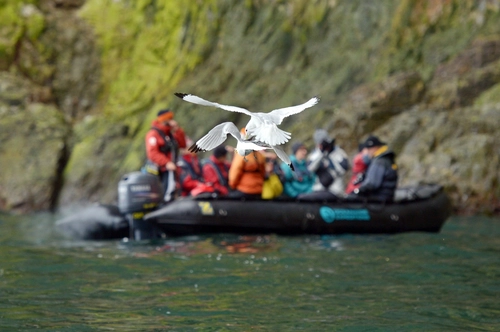Name: Pink-footed Goose (Anser brachyrhynchus)
Length: 60 - 75 cm.
Weight: 1.5 - 3.5 kg.
Location: Greenland, Iceland, Svalbard. Winters in northwest Europe (Great Britain, Netherlands, Denmark).
Conservation status: Least Concern.
Diet: Water plants, beets, potatoes, grains.
Appearance: Pink feet, short pink bill with black base and tip. Brown body, head, and neck with white trim and a white tail.
How do Pink-footed Geese feed?
In winter, Pink-footed Geese forage near farmlands. Due to their numbers, they can damage fields. Local governments have measures to protect crops, such as leaving out harvested beet tops to divert the geese from valuable crops.
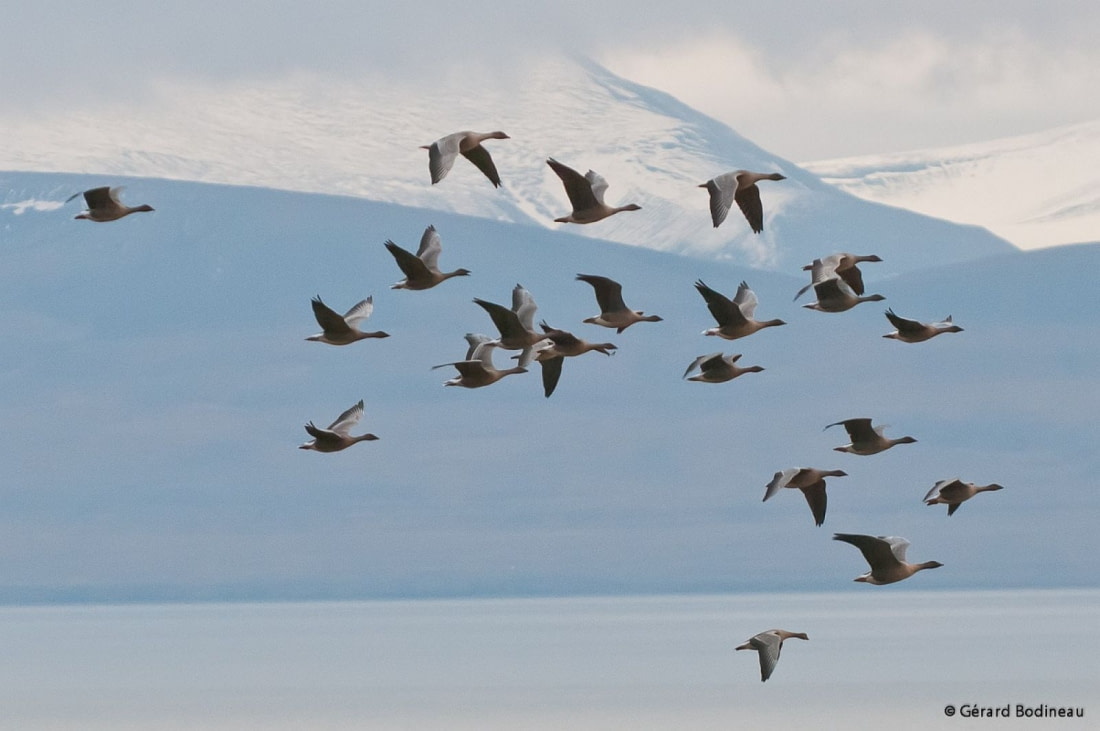
Are Pink-footed Geese social?
They migrate in flocks that can number in the thousands.
How fast do Pink-footed Geese fly?
Migration speeds range from 40 km to 60 km per hour, depending on the weather.
What are Pink-footed Geese birthing rituals like?
They nest on cliffs and lake islets to avoid predators. Nests are reused yearly and are scrapes in the ground lined with plants and down. Females build up fat reserves before laying 3 to 6 eggs. Incubation lasts about a month, with the female incubating and the male guarding. Goslings stay with parents until they fledge at about 2 months. Families migrate south in mid-September to early October and stay together until the next northward migration.
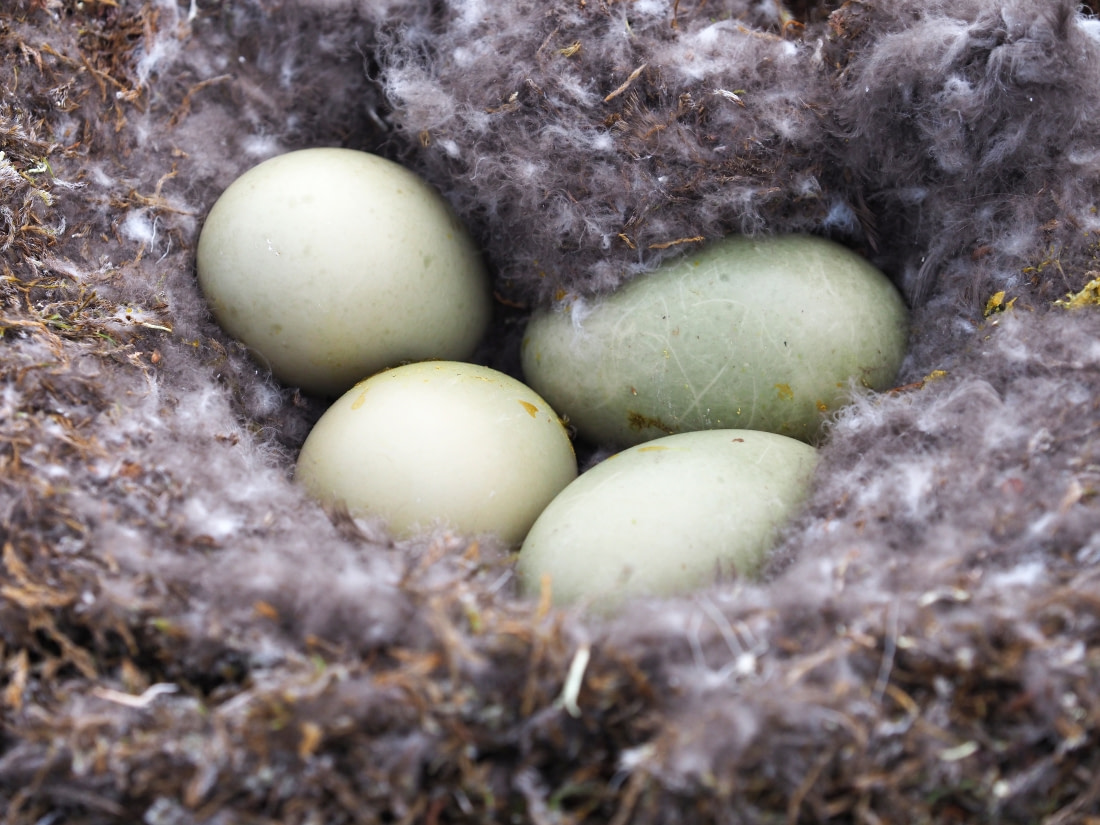
How long do Pink-footed Geese live?
They live for about 20 years in the wild.
How many Pink-footed Geese are there today?
Population estimates are:
- Great Britain - 292,000
- Denmark and Netherlands - 34,000
Do Pink-footed Geese have any natural predators?
Eggs and young are prey to foxes and predatory birds like gulls.
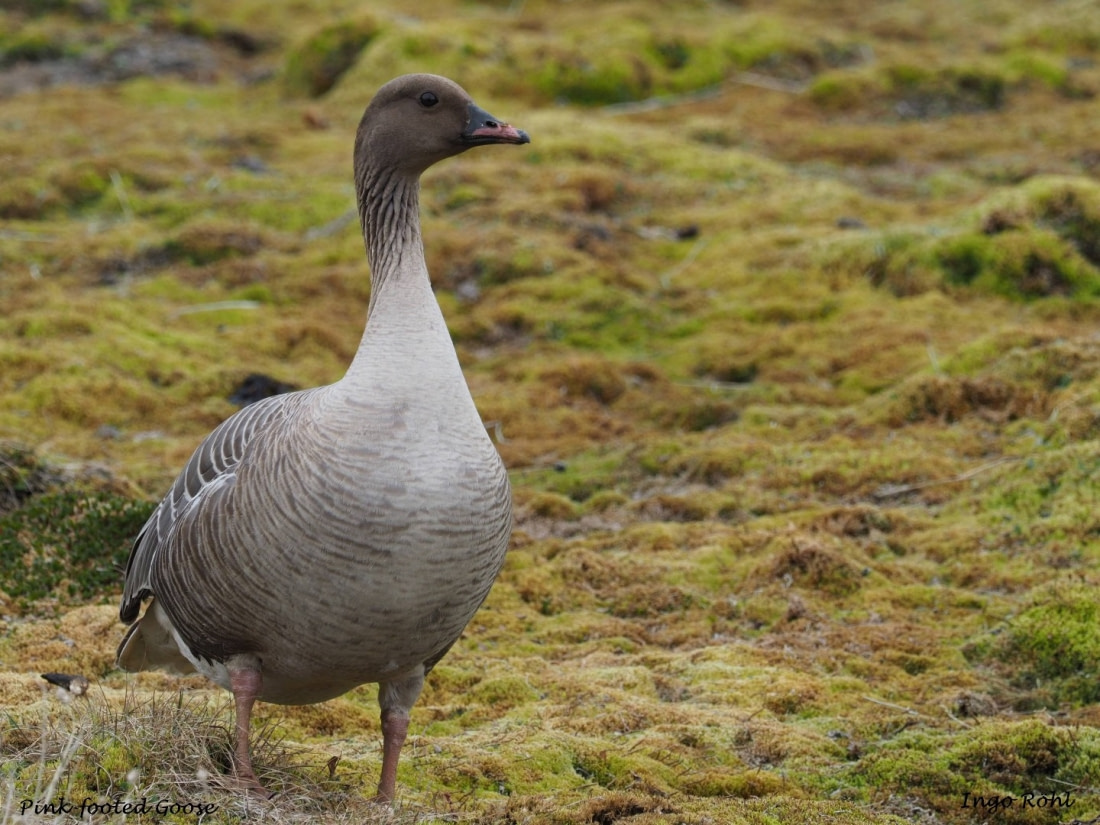
7 Profound Pink-footed Goose Facts
- Most common goose in Svalbard.
- Largest goose to nest in Svalbard, better protecting their young from foxes.
- Two distinct populations: one breeds in Greenland and Iceland, winters in Britain; the other breeds in Svalbard, winters in the Netherlands and Denmark.
- Huge carbon footprint due to grubbing in Arctic soil.
- Other names for goose flocks include "blizzard," "knot," "plump," "string," and "chevron."
- Ranges between 100,000 and 1,000,000 km².
- Scientific name Anser brachyrhynchus: Latin anser (goose), Greek brakhus (short), Greek rhunkhos (bill).

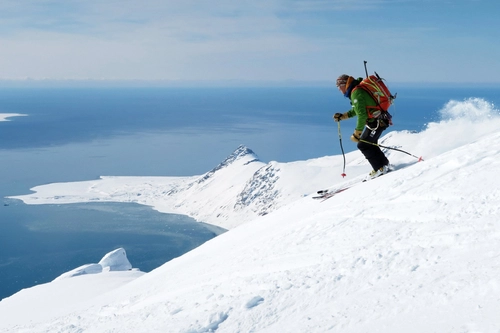
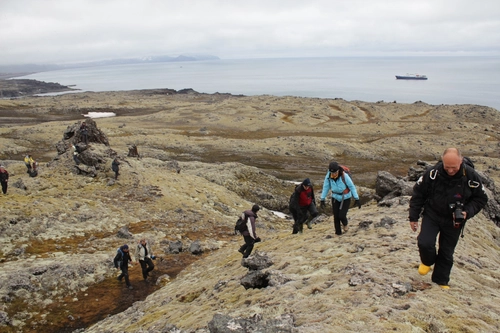
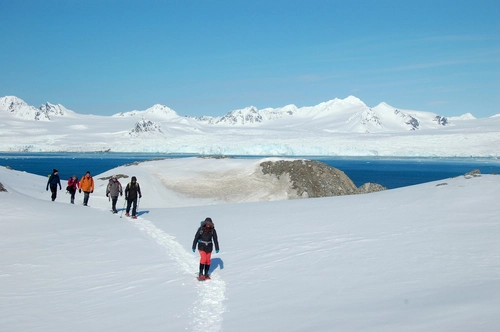
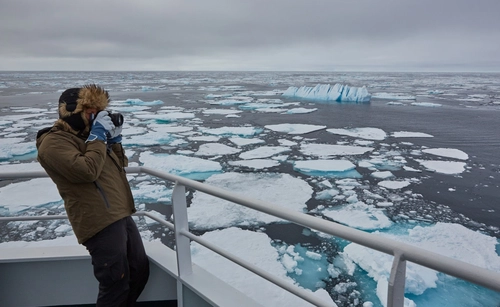

Related Trips


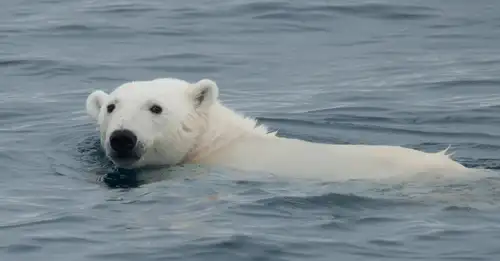
Polar Bear Sets Impressive New Diving Record

The Enchanting Islands of Svalbard
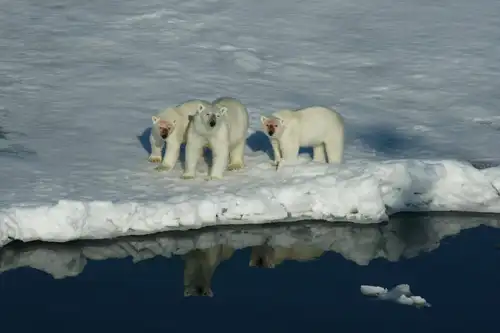
Polar Bear Primer: Eight Facts About the Arctic Wanderer
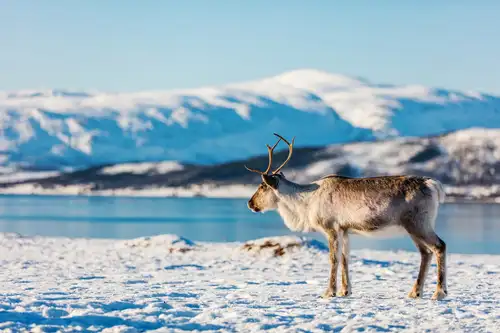
Eight Engaging Reindeer Facts
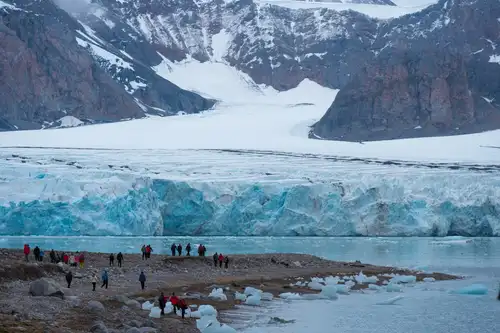
16 Conversation-Starting Svalbard Facts
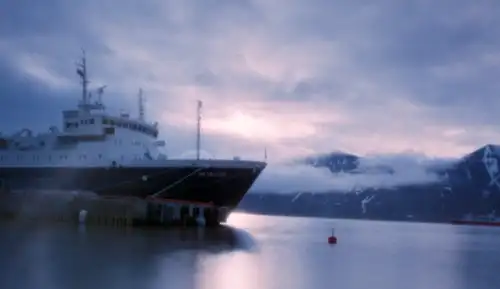
Solargraphy & Pin Hole photography in the Arctic
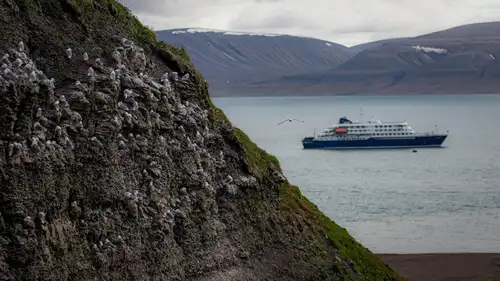
Circumnavigating Spitsbergen
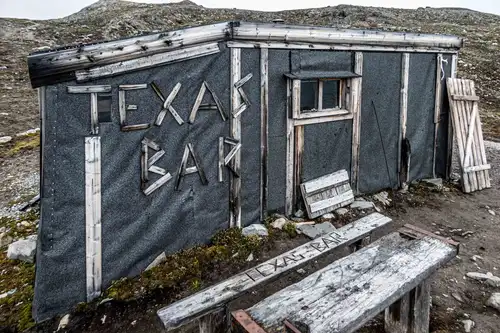
Svalbard’s Texas Bar
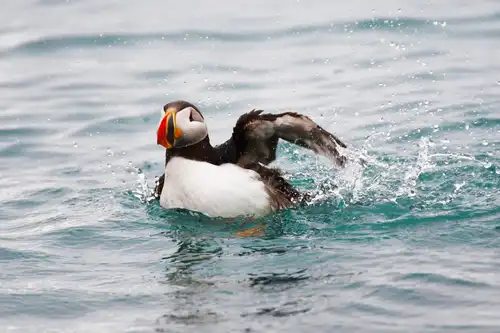
Puffins: Clown Birds of the Atlantic
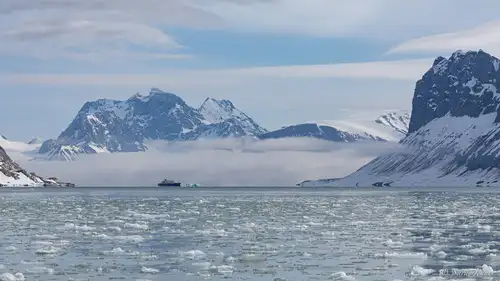
Svalbard vs. the Canadian Arctic
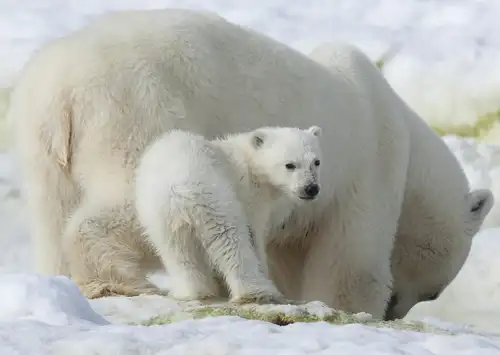
Arctic Icon: 10 Facts about the Polar Bear
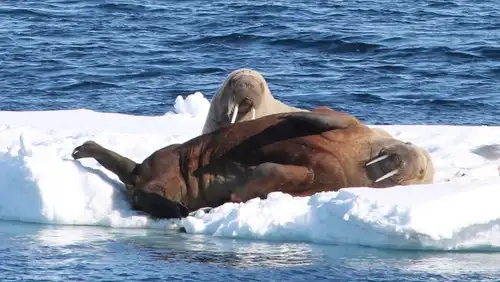
Svalbard’s 12 Most Iconic Animals

The Ice-Jewelled Geology of Spitsbergen
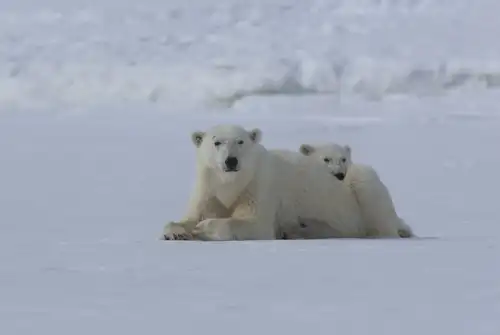
Polar Bears and Pack Ice: 22 Pics from North Spitsbergen
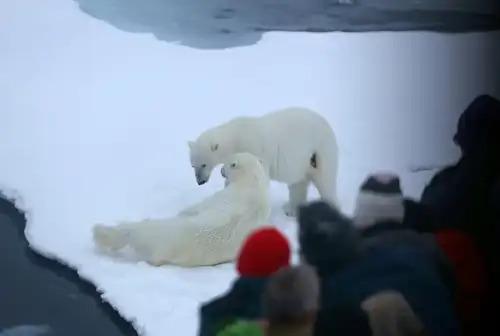
The Pack Ice and Polar Bears of North Spitsbergen
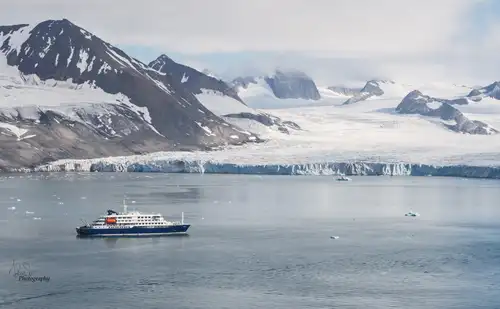
What’s so Special about East Spitsbergen?
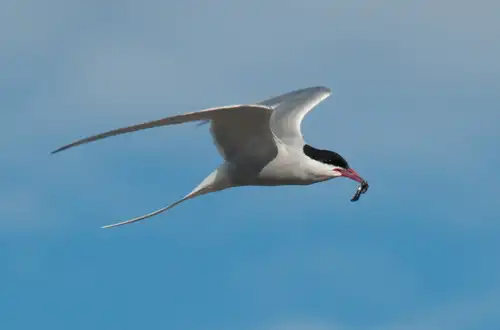
Birding Opportunities Abound in Spitsbergen
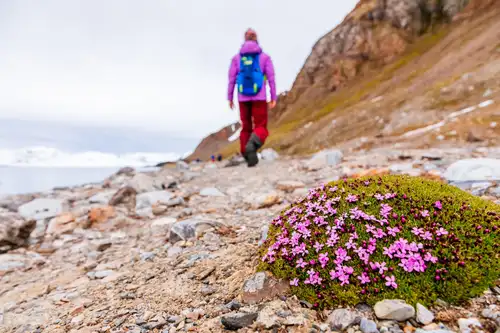
Seizing the Season: Spitsbergen’s Late Spring, Early Summer

Six Must-See Svalbard Sites




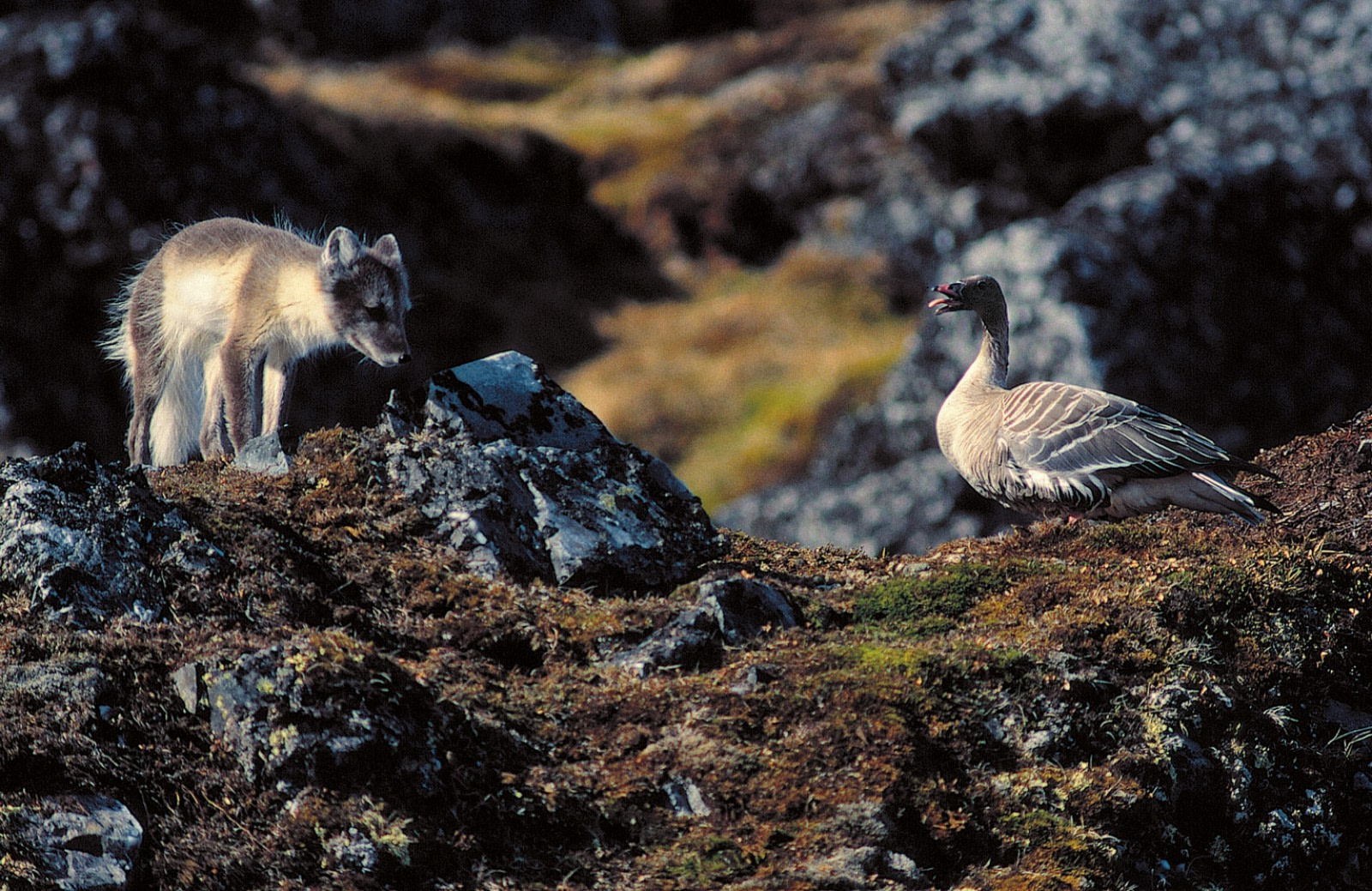

 8 Days / 7 Nights
8 Days / 7 Nights
